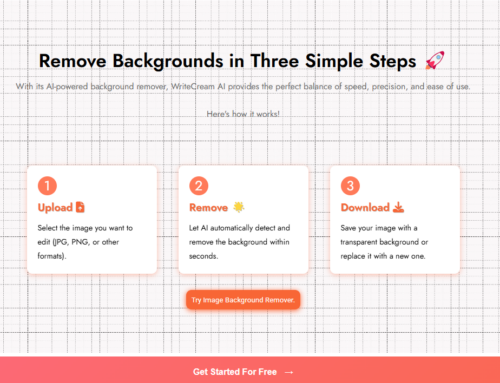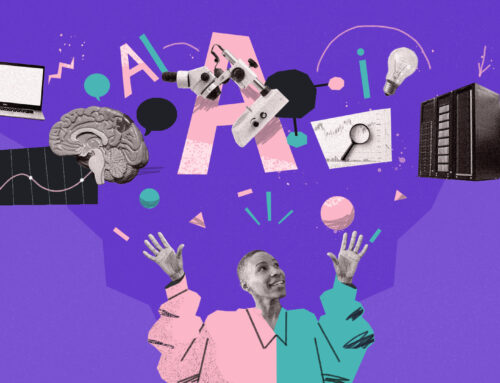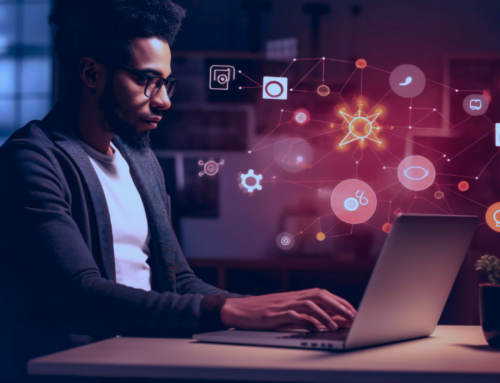In recent years, the combination of AI and NFTs has taken the art world by storm. But what does this mean for traditional art? How does AI-generated art change the way we think about value and authenticity? Let’s dive into this exciting and somewhat complex topic, keeping it simple and easy to understand.
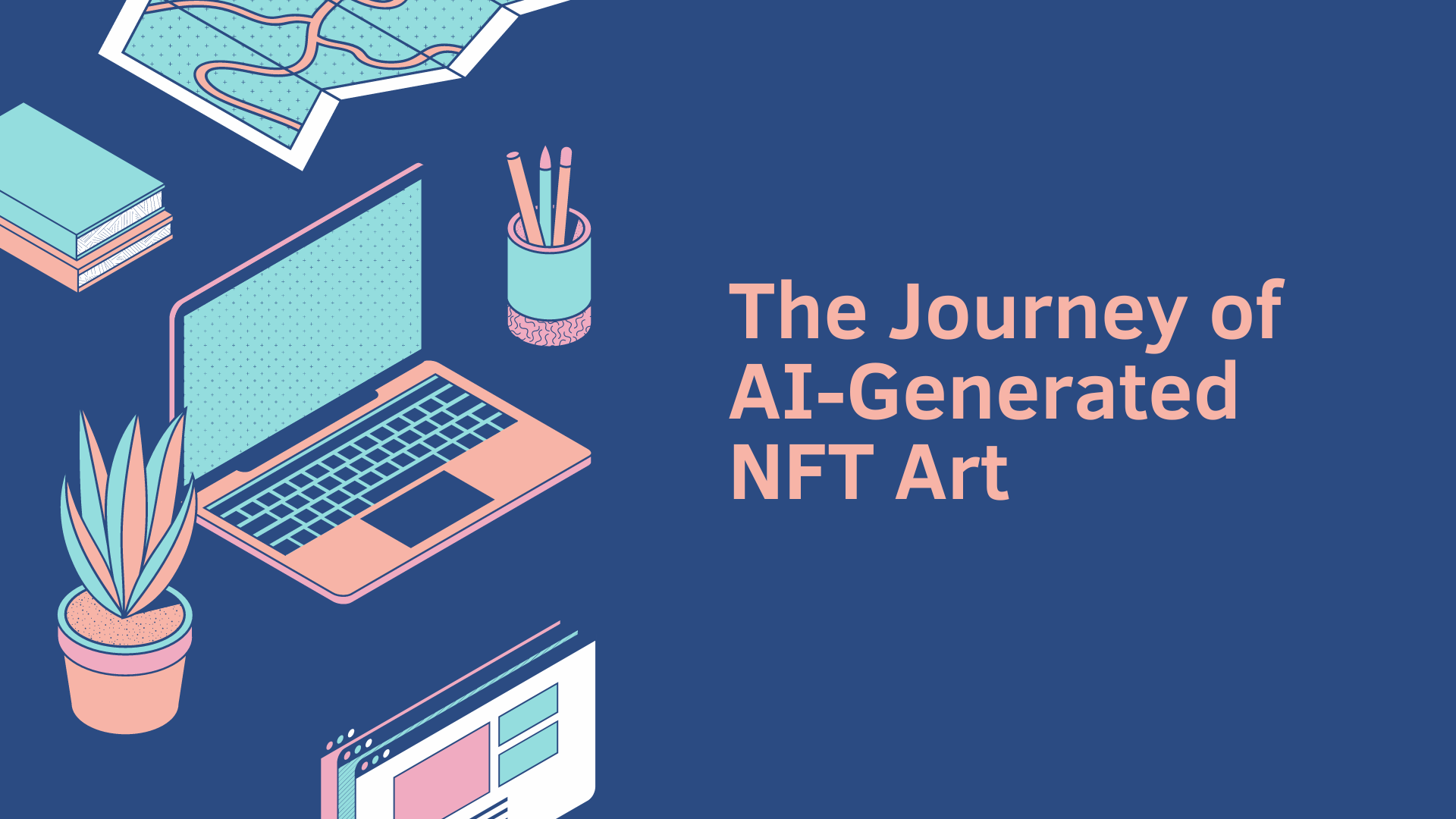
The Evolution of AI-Generated NFT Art
NFTs, or Non-Fungible Tokens, are a new way of owning digital art. Unlike traditional art, where you own a physical painting or sculpture, NFTs let you own a piece of digital art. This digital ownership is made possible through blockchain technology, which ensures that your ownership is unique and cannot be duplicated. The impact of AI on the NFT art world is significant. AI algorithms can create stunning digital art, known as AI art. This AI-generated NFT art is becoming increasingly popular in the art market. How AI impact the NFT art world is evident in the way AI art is changing the landscape of digital ownership and creativity, providing new opportunities and challenges for artists and collectors alike.
The combination of AI and NFTs is revolutionizing the art ecosystem. Artists are using generative AI to produce unique pieces of digital art, which are then sold as NFTs. This has opened up new opportunities in the NFT market, making it more dynamic and diverse. The use of artificial intelligence in creating AI-generated NFTs is not only changing how art is made but also how it is bought and sold. How AI impact the NFT art world is evident as the art world is seeing a shift towards AI NFT creations, which are now a significant part of the digital art scene.
How Does AI-Generated Art Challenge Traditional Notions of Value and Authenticity in the Art World?
AI-generated art is created using algorithms and machine learning. Unlike traditional art, where an artist’s skill and creativity are showcased, AI art is the result of code and data. This raises questions about its value and authenticity.
For example, if a machine can produce art, is it as valuable as a piece created by a human hand? Some people argue that the uniqueness and effort behind traditional art give it more worth. On the other hand, AI art can create endless possibilities and bring new creativity to the table.
Samantha Odo, a Real Estate Sales Representative & Montreal Division Manager at Precondo, says, “On the plus side, AI-generated art can be a fantastic way for artists to explore new creative avenues and collaborate with machines. Plus, NFTs offer a way to monetize digital art in a way that was previously impossible. I mean, being able to sell a unique, verifiable piece of art that exists only online? It’s a game-changer. And let’s be real, it’s also pretty cool to see how AI can generate art that’s sometimes indistinguishable from human-created art!”
Eli Itzhaki, CEO and Founder of Keyzoo, shares his view, “Traditionally, a big part of an artwork’s value came from the sweat, blood, and yes, even the talent of the artist. The years spent honing their craft, the emotional investment poured into a piece – that’s all factored into how much a Monet or a Van Gogh is worth. But here comes AI, churning out incredible works based on algorithms and data. It’s like a magic machine that can mimic artistic styles or even invent new ones – all without the years of training or the emotional baggage. So, how do you price that? Is it less valuable because it wasn’t created by a human struggling in their garret? That’s a question the art world is still grappling with.”
According to Slavko Kovacevic, Head of SEO at Health Link SEO, “AI-generated art redefines value and authenticity by introducing works created by algorithms rather than human hands. This challenges the traditional idea that an artwork’s worth is tied to the artist’s unique touch and intent. The uniqueness of AI art lies in its innovative creation process, pushing boundaries and expanding what is considered “art.”
According to Matt Little, The Founder and Managing Director of Festoon House, “First off, AI can take the creative process to new heights. Imagine having the ability to create art that’s perfectly tailored to a specific style or mood, thanks to machine learning algorithms. It’s as if you have a collaborator who can build on your ideas with ease. I mean, think about it – AI-generated art can be used to create new pieces, or even restore and preserve existing ones. The possibilities are endless!”
What Are the Potential Risks and Rewards for Artists and Collectors Investing in AI-generated NFTs?
AI-generated NFTs offer both risks and rewards for artists and collectors. On the positive side, artists can reach a broader audience and create innovative works that were previously unimaginable. Collectors can own unique digital pieces that can appreciate over time.
However, there are also risks involved. Since AI art is created by machines, questions about copyright and ownership arise. Who owns the rights to a piece of art created by an AI? Additionally, the market for AI-generated art is still new and can be volatile, leading to potential financial risks for collectors.
Samantha Odo points out, “But, there are also some potential downsides to consider. For one, there’s the question of authorship. If an AI generates an artwork, who owns it? The person who made the AI, or the AI itself? It’s a gray area that needs to be addressed. And then there’s the possibility of AI-generated art flooding the market, making it harder for human artists to stand out. I’ve heard some artists worry that AI-generated art could even replace human artists altogether!
For collectors, the appeal is in the novelty and potential investment value of these AI-generated NFTs. They represent a frontier we’ve never explored before! Yet, there’s a risk associated with investing in something that might not retain its value over time. For instance, will AI-generated art be regarded as “real” art in a decade? Will it hold its current value? And what about the possibility of AI-generated art being endlessly replicated? Doesn’t that cast doubt on the very concept of NFTs?”
Eli Itzhaki explains, “Then there’s the issue of authenticity. Traditionally, a genuine Picasso carried a rich history – its origins, previous owners. It was, indeed, unique. Now, AI can produce near-replicas of famous works or even create entirely new pieces in an artist’s style. This blurs the line between an original and an AI-generated copy, introducing a new layer of complexity for both collectors and museums.”
Slavko Kovacevic outlines the risks and rewards for artists and collectors investing in AI-generated NFTs.
“Risks:
Market Volatility: The NFT market is still emerging, leading to unpredictable fluctuations in value.
Legal Uncertainties: Intellectual property rights and ownership of AI-generated art are not yet clearly defined.
Perceived Value: Traditional art collectors might be skeptical, affecting long-term investment potential.
Rewards:
Innovative Opportunities: AI art offers new creative possibilities, allowing artists to explore uncharted territories.
Market Expansion: NFTs provide a platform for digital artists to reach a global audience, potentially increasing their exposure and sales.
Enhanced Provenance: Blockchain technology ensures the authenticity and traceability of AI-generated art, adding a layer of security for collectors.”
Matt Little points out that a significant aspect to remember is “With blockchain, we can ensure the authenticity and ownership of digital art, solving a major issue that has plagued the art world. No more concerns about art being replicated or stolen – blockchain has got that covered. And of course, let’s not overlook the decentralized aspect of blockchain, which allows artists to directly connect with buyers and collectors, bypassing the middlemen. It’s a total game-changer for the art market!”
How can AI and blockchain technology together reshape the way art is created, sold, and experienced?
AI and blockchain technology together can change the art world in big ways. AI can help create new art, and blockchain can ensure that the art is authentic and that ownership is clear. This makes buying and selling art more transparent and secure.
For artists, this means they have more control over their work and can get fair pay through smart contracts. Collectors can verify that their purchases are genuine and see the ownership history of an NFT, ensuring they get what they paid for.
Eli Itzhaki says, “However, I view AI not as the enemy of art, but rather as a powerful tool. Imagine an artist using AI to explore new ideas, to generate variations on a theme, to push the boundaries of their creativity. The human artist would still be the one with the vision, the one guiding the AI, but the results could be incredible”
In Slavko Kovacevic’s opinion “AI and blockchain technology together are revolutionizing the art world. AI enables the creation of unique, innovative artworks, while blockchain ensures secure, transparent transactions and ownership verification. This combination allows for new forms of interactive and dynamic art, where ownership and experience can be tracked and verified digitally. Artists can tokenize their work, making it accessible to a broader audience, while collectors benefit from a secure, transparent marketplace. This synergy fosters a more inclusive, innovative art ecosystem, breaking down traditional barriers and democratizing the art market.”
As per Matt Little “But here’s where it gets even better: the combination of AI and blockchain can offer entirely new experiences for art enthusiasts. Imagine buying a digital art piece generated by an AI algorithm, securely stored on a blockchain platform. You could even showcase it in a virtual gallery, complete with AI-powered interactive features that make engaging with the art in previously unimaginable ways. It’s like having your own personal art assistant right in your living room!
So, in short, the fusion of AI and blockchain is going to completely reshape the art world. It’s like a match made in heaven – AI brings the creative juice, while blockchain brings the security and authenticity. Buckle up, folks, because the future of art is looking bright!”
Generative AI as an Artist’s Tool or Rival?
When it comes to AI as an artist’s tool or rival, it’s clear that AI is making a big impact on the NFT art world. The use of AI technology in creating AI-generated NFT art is transforming how art is made and sold. Traditional art and the traditional art market have long been the main focus, but now, the NFT ecosystem is seeing a fusion of AI and NFTs. How AI impact the NFT art world is evident as this fusion is not just changing art creation but also how it is bought and sold in NFT marketplaces.
In the NFT space, AI systems are creating stunning and unique AI NFTs that are quickly becoming popular. Artists can use AI tools to generate NFT artwork that might not have been possible with traditional methods. This blend of AI in the NFT art ecosystem is revolutionizing how we think about digital art. How AI impact the NFT art world is significant, with AI in NFTs offering new ways to explore creativity and challenge the norms of art creation.
Overall, the role of AI in NFTs is both exciting and complex. While some might see AI as a rival to traditional artists, others view it as a powerful tool that complements and enhances art creation. How AI impact the NFT art world is evident as AI continues to evolve, its influence on the NFT space will only grow, further impacting the NFT market and reshaping how we experience and appreciate digital art.
Who Owns AI Art?
When it comes to AI art, a key question is, “Who owns it?” How AI impact the NFT art world has introduced new questions about ownership. Since AI-generated art is created using algorithms and tools, understanding who owns these digital assets is crucial. Generative art, made by AI, often involves a mix of human input and machine creativity, leading to debates about ownership rights.
Here’s a breakdown of what you need to know about ownership of AI art:
- AI Art Generators: These tools use AI algorithms to create art based on the inputs provided. The ownership of the final piece can be complex, depending on who created the prompt and how much the AI was involved.
- AI and NFTs: When AI art is sold as an NFT, it becomes a unique digital asset. However, questions arise about who holds the rights—the creator of the prompt, the developer of the AI, or the owner of the NFT.
- Prompt Engineering: The way prompts are designed for generative AI can affect the final art piece. This raises questions about the role of the prompt creator in the ownership of the generated art.
As we look towards the future of digital art, the convergence of AI and NFTs continues to reshape the art industry. AI can help artists and creators by providing new ways to produce and sell art, but it also introduces new challenges in defining ownership. The art impact of AI in the NFT space highlights the need for clear guidelines on who truly owns AI-generated art.
Human Touch in AI Art
When we talk about AI in art, one important question is how much human touch remains in AI art. How AI impact the NFT art world often brings up questions about the authenticity of digital art. While AI can create stunning digital pieces, human creativity still plays a significant role, even as AI models become more advanced. The convergence of AI and NFTs is reshaping the art world, but it’s the blend of human input and AI that truly makes a piece special.
On NFT platforms, popular AI tools are used to create art, but they often rely on human direction to generate something unique. The role of AI is to assist and enhance creativity, not replace it. As AI comes into play, artists can employ AI to experiment with new styles and ideas, but the human touch is what gives art its soul.
Looking ahead, the future of AI in the art NFT space seems promising. How AI impact the NFT art world includes expanding the boundaries of creativity, but it’s the combination of human creativity and AI technology that will continue to define the future of digital art. The impact of AI on the art world is significant, but human input remains essential for creating truly authentic and meaningful art, just as mastering the skills with Salesforce Certification Practice Test Dumps is crucial for navigating the complexities of Salesforce.
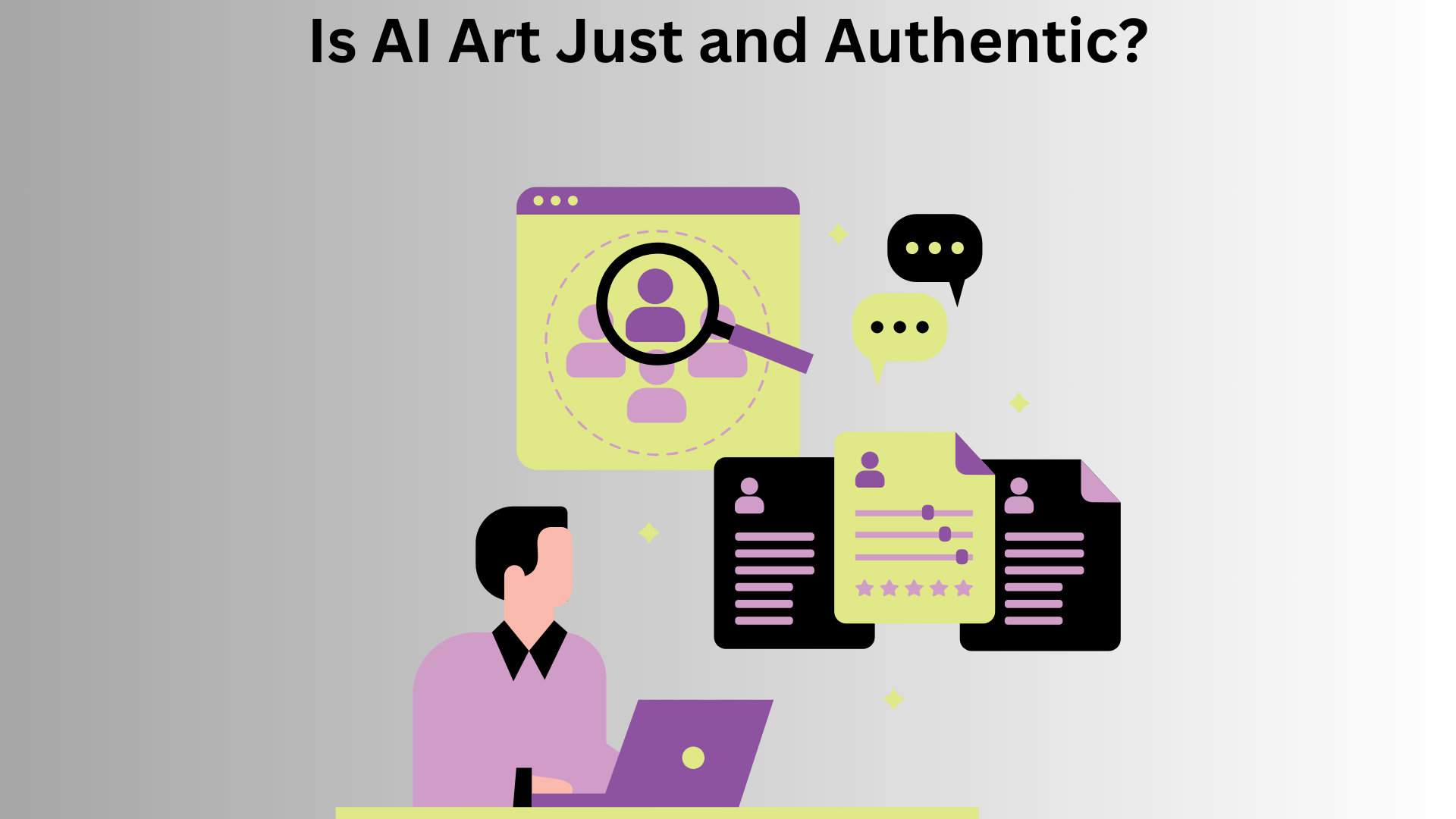
Is AI Art Fair and Honest?
As we wrap up, the question of whether AI art is fair and honest is worth considering. How AI impact the NFT art world is profound, and while AI tools are revolutionizing the art industry, they also bring up some important points about fairness. AI can produce stunning art by using complex algorithms to analyze data, but this also raises questions about authenticity and originality.
Here’s a quick look at the key issues:
- Fairness and Transparency: While AI can enhance creativity and democratize art by making it accessible to more people, it’s important to ensure that the processes and tools used are transparent. AI algorithms can create unique NFTs, but understanding how these creations are made helps maintain fairness in the art community.
- Role of AI in Art: AI has the potential to open new doors in the world of artificial intelligence and art. However, it’s crucial to balance the use of AI with human creativity to ensure that art remains meaningful and honest.
- Potential of AI: The potential of AI to revolutionize art is exciting, but it’s important to keep in mind that each NFT is unique, and AI’s role should enhance, not overshadow, the artistic process.
Overall, as AI continues to play a larger role in producing art NFTs, it’s essential to navigate its impact with a focus on fairness and honesty. By combining the power of AI with a commitment to transparency, we can ensure that the future of digital art remains both innovative and true to its creative roots.
Summarizing the Discussion on How AI Impact the NFT Art and Digital Creativity
In conclusion, the intersection of AI and NFTs is transforming the art industry in profound ways. How AI impact the NFT art is reshaping how we view and interact with digital assets. AI tools, including AI art generators and prompt engineering techniques, are making it easier to create unique and interactive NFTs. With the power of AI algorithms to analyze data, artists are now able to produce art that combines creativity with technology. This convergence of AI and NFTs is not only expanding the possibilities of art creation but also enhancing the overall art impact within the industry.
Looking ahead, the future of digital art is filled with potential as AI continues to play a significant role. Leveraging AI in NFT art opens up new opportunities for artistic expression and innovation. As NFTs become more integrated into the art world, understanding How AI impact the NFT art and serves in creating these digital assets will be crucial. The art community must embrace this technology while ensuring that creativity and authenticity remain at the forefront, ensuring a vibrant and evolving future for art in the digital age.
